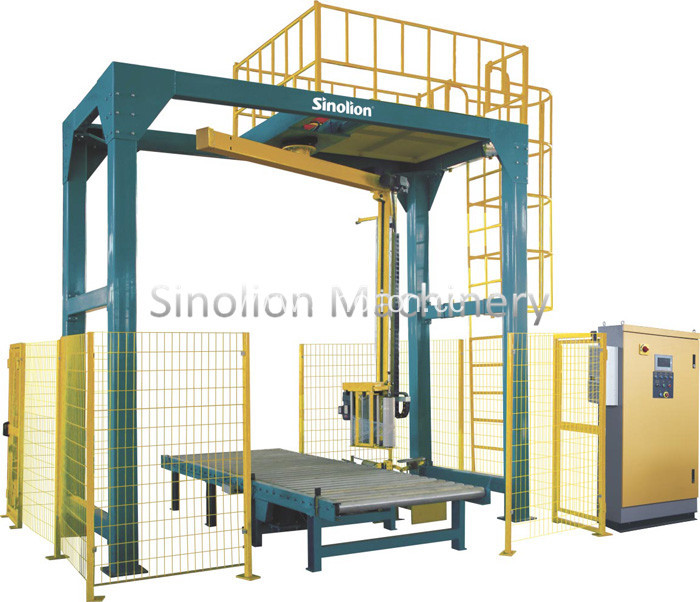Offset printing is the use of oil, water immiscibility principle to complete the printing. Water is supplied to the printing plate first, and ink is supplied to the printing plate afterwards, so that ink and water are left in the printing plate graphic part, and there is no ink in the blank part. However, the water used to moisten the plates is not ordinary water, but chemical substances and electrolytes are added to the water. This is the fountain solution. From this, it is known that the performance of fountain solution is one of the key factors determining the quality of offset printing products. The performance of the fountain solution is compatible with the printing press, paper, and ink to produce high-quality products. The printed artwork is bright in ink, clear in layers, smooth in the dots, does not expand, does not shrink, and the blank is not dirty. normal.
First, the main role of fountain solution
(1) Forming a water film on the blank part of the printing plate
A uniform water film is formed on the blank portion of the printing plate, and maintaining the ink repellency and hydrophilicity of the blank portion of the printing plate is the main effect of the fountain solution.
(b) Supplementing the damaged hydrophilic layer during the printing process
During printing, the rollers and ink rollers rotate, causing friction on the printing plate, causing the hydrophilic layer on the printing plate to be worn. At the same time, more or less paper powder and paper hair fall off during the entire printing process. , further deepen the wear and tear, destroy the hydrophilic layer. In this way, if there is no electrolyte for dampening solution, the metal layer of the printing plate will continue to play a role in the printing process and a new hydrophilic layer of inorganic salt will be formed. Therefore, we cannot guarantee that the blank portion is not dirty, and printing cannot be completed.
(three) to reduce the surface temperature of the printing plate
During printing, since the ink roller is moving at an extremely high speed, its temperature rises and the temperature of the ink also rises. At high temperatures, the viscosity of the ink is reduced and the flowability is increased. In this way, the ink spreads rapidly during printing, which easily causes dot expansion and affects the printed matter. However, in the printing process, a dampening solution is used, which can effectively reduce the temperature of the printing plate and can reduce the occurrence of such problems.
Second, the fountain solution classification
Fountain solution is generally divided into: 1 ordinary fountain solution; 2 sprinkle fine fountain solution; 3 non-ionic surfactant fountain solution three.
The common dampening solution contains inorganic compounds such as phosphoric acid, phosphate, and nitrate, which have high surface tension and poor wettability but are low in cost and easy to handle.
Alcohol fountain solution is supplemented with ethanol, isopropanol or other alcohols. It has the characteristics of low surface tension and good wettability. It is suitable for lithographic printing machines equipped with an alcohol wetting system.
The characteristics of alcohol are volatile. It can speed up the removal of the heat on the plate, reduce the dirt on the plate, and reduce the surface tension of the water after adding water to the water. The water can be distributed quickly and evenly on the printing plate. Easy to achieve ink and water balance, printing, water consumption, improve the accuracy of overprinting. The amount of alcohol is generally controlled between 12% and 20%. Too low will make the plates dirty, and the temperature of alcohol is generally controlled between 4 and 12°C.
The non-ionic surfactant fountain solution is a new fountain solution developed in recent years. It is generally formulated by adding a nonionic surfactant to a fountain solution containing other electrolytes. Nonionic surfactants commonly used are polyoxyethylene, polyoxypropylene ether, and alkyl alcohol amides. With the characteristics of low surface tension, good wettability and stable chemical properties, it is an ideal fountain solution for high-speed multi-color lithographic printing presses. But the control is not easy to appear ink emulsification.
The rotary arm wrappers are mainly used for the high speed packaging/logistic system. according to different packaging line, the Rotary Arm Wrapper can be designed for loads small or big, light or heavy.
It refers to rotate the goods around the rotary arm, thereby achieving wrapped the goods. All T-series wrappers can be wrapped with R-Series wrappers. In addition, the wrapping methods is more suitable for lighter, higher-level and unstable post-palletizing products or overweight goods. Flexible installation of the machine can be placed on the wall, can also be used to support fixed; and can be connected with the transmission line as needed to meet the demands of assembly line operations.

R Series Rotary Arm Stretch Wrapping Machine
Rotary Arm Stretch Wrapping Machine,Rotary Arm Wrapper,Arm Rotary Wrapping Machine,Swing Arm Type Packing Machine
Shandong Sinolion Machinery Corp. Ltd , http://www.packingline.nl